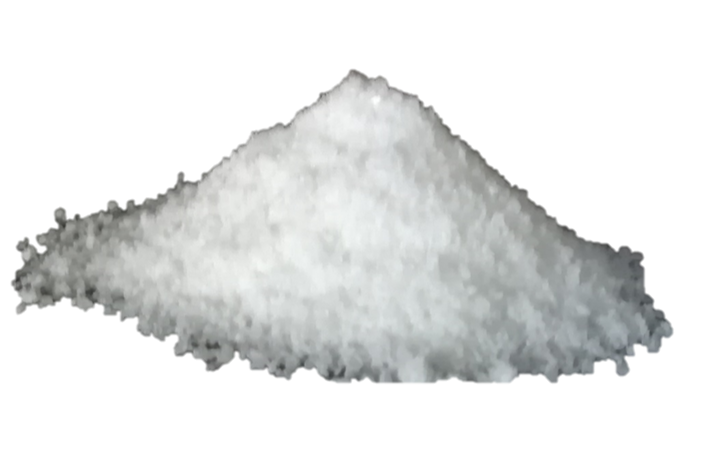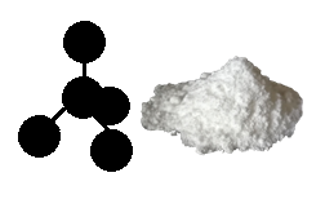CHEMISTRY FORM 2

- 1.1 Structure of the atom
- 1.2 Atomic Number and Mass Number
- 1.3 Isotopes
- 1.4 Energy levels and electron arrangement
- 1.5 Development of the Periodic Table
- 1.6 Relative Atomic Mass and Isotopes
- 1.7 Ion Formation
- 1.8 Chemical Formulae
- 1.9 Chemical Equations

- 2.1 Alkali metals (Group I elements)
- 2.2 Alkali Earth Metals (Group II elements)
- 2.3 Halogens (Group VII elements)
- 2.4 Noble gases (Group VIII elements)
- 2.5 Properties and Trends Across the Periodic Table

- 3.1 Bond
- 3.2 Ionic bond
- 3.3 Giant ionic structure
- 3.4 Covalent bond
- 3.5 Co-ordinate bond
- 3.6 Molecular structures
- 3.7 Giant covalent structures
- 3.8 Metallic Bond
- 3.9 Types of bond across a period
- 3.10 Oxides of elements in Period 3
- 3.11 Chlorides of Period 3 elements

- 4.1 What is a salt?
- 4.2 Types of salt
- 4.3 Solubility of salts in water
- 4.4 Methods of preparing salts
- 4.4.1 Reacting a Metal with an Acid
- 4.4.2 Reacting an Acid with a Base (Neutralization)
- 4.4.3 Reacting an Acid with a Carbonate (or hydrogencarbonate of metal)
- 4.4.4 Combining elements Directly (Direct Combination of elements)
- 4.4.5 Precipitation (Double decomposition)
- 4.5 Action of heat on salts
- 4.6 Uses of salts

- 5.1 Electrical conduction
- 5.2 Electrical conductivity of molten substances
- 5.3 Electrical conductivity of substances in aqueous state
- 5.4 Electrolysis
- 5.5 Applications of electrolysis

- 6.1 Allotropes of carbon
- 6.2 Chemical properties of carbon
- 6.3 Carbon (IV) oxide
- 6.4 Carbon (II) oxide (CO)
- 6.5 Large scale production of sodium carbonate and sodium hydrogencarbonate
- 6.6 Effect of carbon (II) oxide and carbon (IV) oxide on the environment
- 6.7 Carbon cycle

Salts: Types of salt
4.0 Salts
4.2 Types of salt
Salts can be classified in a number of ways. Study the formulae of selected salts below then answer Questions 4.2.
NaCl, KCl, NaNO3, KHCO3, NaHSO4, NH4Cl, ZnSO4, CuSO4, CaCO3, Na2S, Cu2S, ZnI2, PbBr2, Na2CO3, AgNO3, FeBr3, LiCl, Na3PO4, CaHPO4, (NH4)2HPO4, Ca3PO4, Na2SO3, Na2PO3
Questions 4.2
- Do all the salts have the same number of elements? Give a reason for your answer.
- Identify the salts in which all hydrogen ions in an acid are displaced by metallic ions.
- Suggest two methods or ways by which salts can be classified.
Answers to Questions 4.2
Salts are usually classified as:
(a) normal salts (in which all replaceable hydrogen ions are displaced by metals, e.g. ZnSO4), and acid salts (in which some replaceable hydrogen ions are retained, e.g. NaHSO4).
(b) soluble salts and insoluble salts
.Acid salts are easy to identify from their name (e.g. sodium hydrogencarbonate) and formula (e.g. NaHCO3). But what about soluble and insoluble salts? Let us answer this in Section 4.3.
